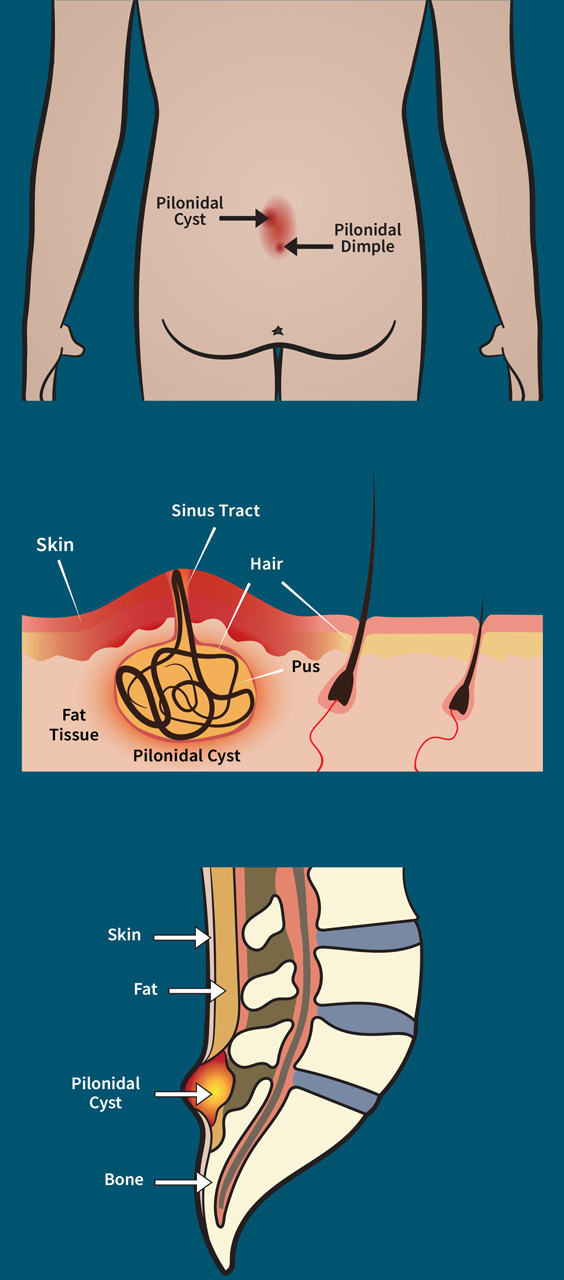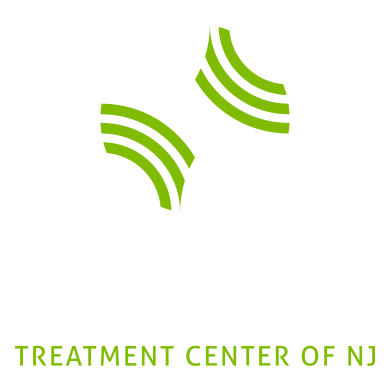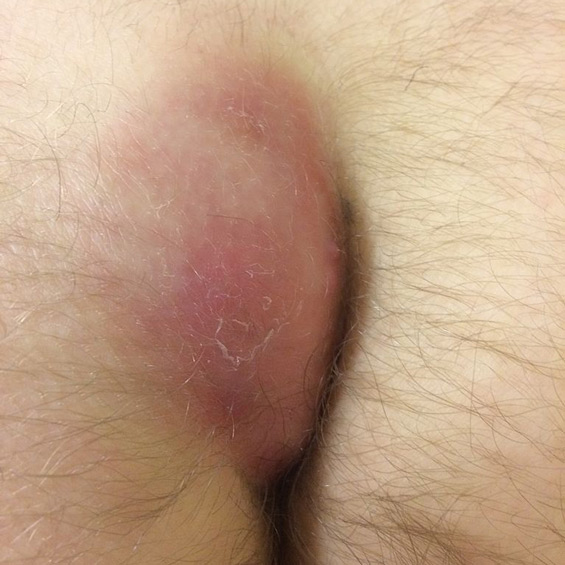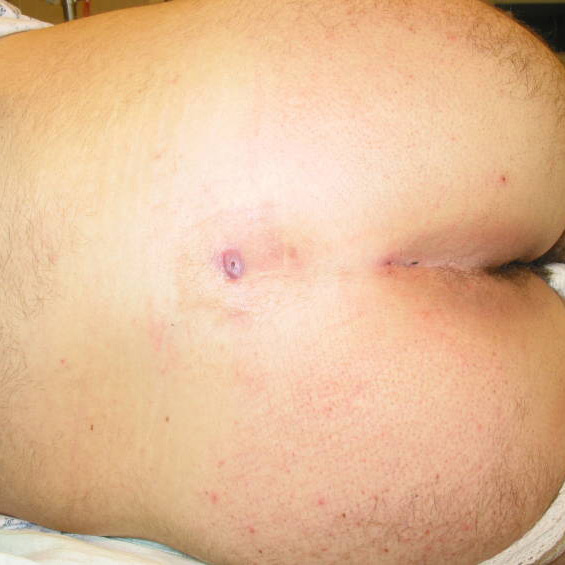Pilonidal disease is an inflammatory skin condition arising in the upper aspect of the buttock crease.
Pilonidal disease is an inflammatory process arising in the soft tissues overlying the sacrococcyx, or tailbone. It results from the accumulation of hair shafts within dilated pores in the intergluteal cleft skin. It becomes clinically apparent when opportunistic bacterial infection sets in. Pilonidal disease is most prevalent in males between the ages of 15 and 40 years. Other risk factors include obesity, sedentary employment or lifestyle, increased body hair, and family history. An association has been established between pilonidal disease and polycystic ovary disease.




In its acute form, pilonidal disease presents with a swollen, reddened lump or “abscess” within the cleft. The abscess is filled with purulent fluid under pressure, causing a severe and throbbing pain. Sitting becomes extremely difficult. Work or school duties are invariably affected. Fever, chills, body aches, and malaise are seen in the most severe of these cases. An abscess may fully resolve following treatment, only to recur in the same area or in a different area within the cleft.
In its chronic form, pilonidal disease may present as one or multiple fluid-draining “sinus tracts” within the cleft. The sinus tract fluid may appear bloody, clear, or purulent. Drainage from a sinus tract may be intermittent in pattern, and may alternate with the symptoms of pain and swelling. Patients with pilonidal sinus disease have often had multiple emergency room visits and surgical drainage procedures. It is also common for these patients to have had failed pilonidal cyst removals from outside providers.
CONTACT US TODAY!
Contact us today and let us help you leave your pain behind.



